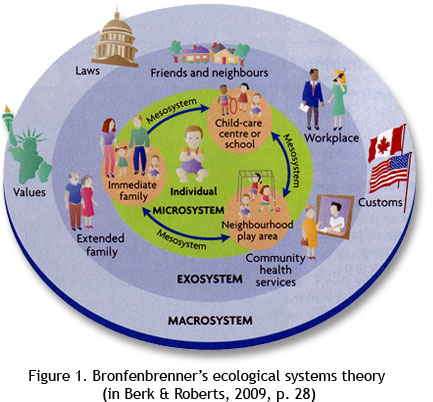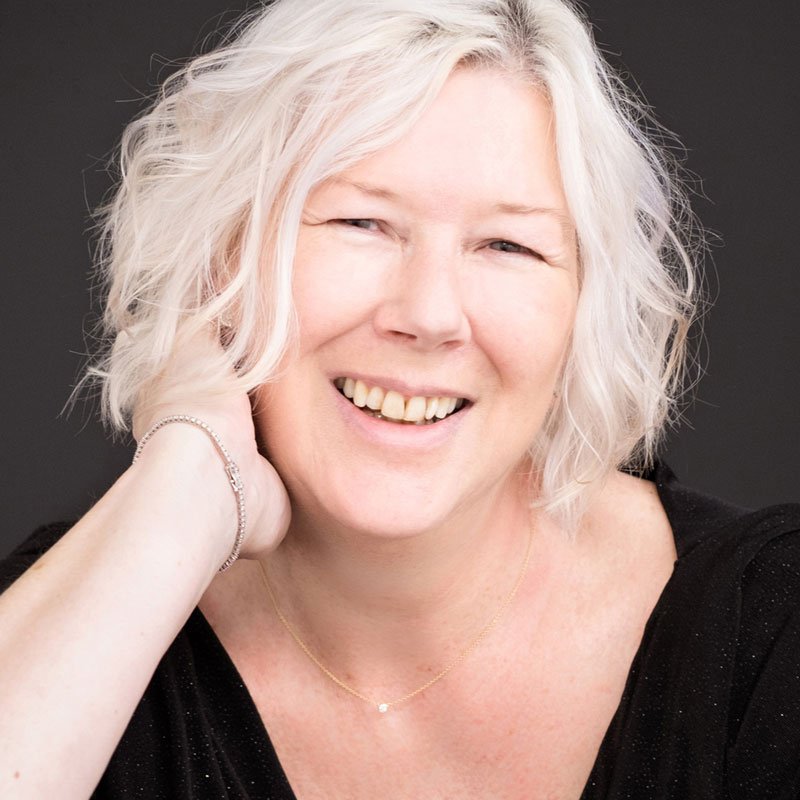Bronfenbrenner’s ecological systems theory
This was mentioned in Rianne Cornelisse’s paper about how expat children adapt when returning home.
What is the theory of Bronfenbrenner all about?

In this model the child is the centre of its own system. The layers are built from the inside out. The first layer around the child contains the family, school and sports clubs and the interaction between these social influences. Living the global lifestyle, only the parents and siblings are a constant factor in the most inner circle. The school system and the kind of sport usually is more or less constant as well.
The second layer represents the external influences on the child and parents. It contains the social network of the parents – who gives support in times of need, the neighbourhood – is it safe to play or ride a bike? – and so on. The circle elements of these factors change during the expat life, you might say it spins. The outer circle contains the culture in which the child is living. For example: What is the common living standard, the shared values and norms, the religion, the customs.
When the child is growing up as an expat child this circle spins as well!
Returning ‘home’, the macrosystem (outer circle) and exosystem (middle circle) spin again. This is to be expected. In reality however, it is often not expected by the youngster or his parents. Maybe this is because the home country has often been visited during childhood, and because the parents believe their values and norms are similar to the majority of the people in the home country. In other words, the parents expect their home country to be familiar to their child.
The biggest change is however in the inner circle. The sports that the child used to play may stay the same. (Very often this is not the case though). The school and the school system, the school language and the subjects all change and at this point the most important and only stable circle of the child, the family, starts to spin as well. The parents and maybe also the siblings are no longer nearby.
Think of it as a tornado; everything was flying and spinning for a long time, but the family was stable and close and always maintained a safe routine in whatever country they were located. They child coped with the noise and mostly enjoyed watching out of the window to see what was going on and flying by. Within the safe environment of their family the child learned a lot about the world and shared this with those closest to him or her.
This time however he or she is alone. Therefore it feels as if the tornado increases in speed. Everything – all circles – are in the tornado. It is just the youngster standing in the middle! It is not surprising that he or she needs some extra time an encouragement to build the confidence to start enjoying looking out the window again.
Republished with kind permission of Rianne


